16th September - World Ozone Day 2019
World Ozone Day is observed on 16 September every year to spread awareness among people about the depletion of the Ozone Layer.
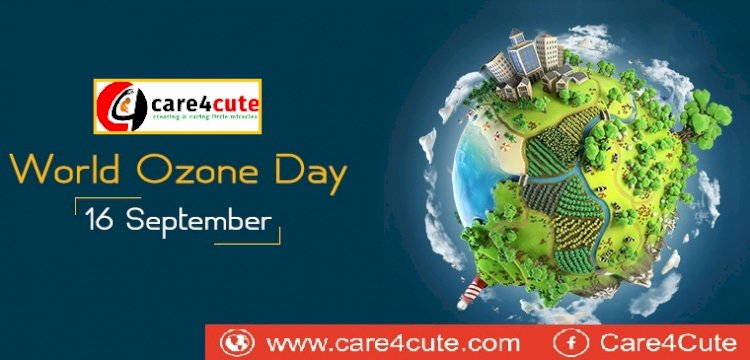
The World Ozone Day or even known as the "International Day for the Preservation of the Ozone Layer" is celebrated every year on 16th September and this year it is coming on Monday.
During the United Nations show in Vienna for the Montreal Protocol, the General Assembly proclaimed September 16 as the World Ozone Day so as to help the world to remember the draining ozone layer.
World Ozone Day 2019: Theme
The theme of World Ozone Day 2019 is '32 years and Healing'. This year's theme celebrates three decades of remarkable international cooperation to protect the Ozone Layer and the climate under the Montreal Protocol. It also reminds the people to keep up the momentum to ensure healthy people and a healthy planet.
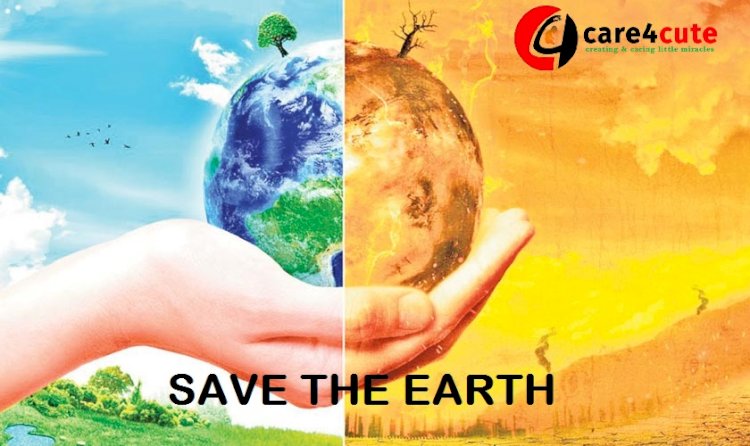
WHAT IS THE MONTREAL PROTOCOL?
The hole in the ozone layer was found in 1985 over the Antarctica region and its two years after; the Montreal Protocol was signed by almost all nations in 1987 pledging to get rid of chemicals causing the ozone weakening primarily CFCs.
After the Montreal Protocol signing, over 190 countries followed up on the utilization of chlorofluorocarbon (CFC) and prohibited the compound. According to a report, nations including India, China, and South Korea were in charge of 70 percent of CFC generation although the use of CFCs has been prohibited totally on the planet.
WHAT IS OZONE LAYER AND OZONE HOLE?
The ozone layer or ozone shield is a region of Earth's stratosphere at a height of around 10 km. The layer carries a high concentration of ozone, which absorbs most of the destructive UV rays produced by the sun. Ultra-violet radiation can harm the DNA of skin cells and cause skin cancer if exposed to harmful UV rays.
Every year in the winter season, the ozone hole forms above the Antarctica region. Chlorofluorocarbons (CFC) is the major chemical responsible for this depletion.
CFCs that is utilized in refrigerants, foams, packing materials, blowing agents and propellants, etc, ascends in the atmosphere and reacts with the UV rays resulting in the release of chlorine atoms which devastate the ozone molecules.
Harmful effects of UV Rays
- It causes skin cancer.
- UV rays cause skin burn.
- Over-exposure to UV radiation affects or damages the immune system.
- Prolonged exposure to UV rays damages the tissues of eyes and can cause a 'burning' of the eye surface known as 'snow blindness'.
- UV rays also speeds up the aging of skin.
- Several pigments like the color used for coloring food, fabric, plastic, paint, ink, dyes, etc. absorb UV and change color.
Here are some unknown facts about the Ozone layer and its health/environmental effects that you must know on the World Ozone Day:
1. The world's first ozone hole was found 30 years ago on May 1985 over the Antarctica region.
2. Afterward, NASA researchers discovered that the entire Antarctica region was affected and that temperatures had begun to drop.
3. Ozone is a type of gas found in Earth's atmosphere.
4. The ozone layer absorbs most of the sun's ultraviolet light which is harmful to humans and other life forms present on earth.
5. The ozone layer absorbs 97-99 percent of the sun's ultraviolet rays which are reaching Earth and help in sustaining the ozone-oxygen layer.
6. Around 90 percent of ozone is found within 17 kilometers of Earth's surface while the rest of the ozone is found in the stratosphere.
7. Ozone layer diminution raises the amount of UVB that reaches Earth's surface.
8. Carbon is one of the major elements breaking down ozone.
9. The ozone layer depletion has led to the greenhouse effect which is causing global warming.
10. The sun's UV rays which the ozone layer shields us from are cancerous and can cause skin cancer.

 Sangeeta Jain
Sangeeta Jain 






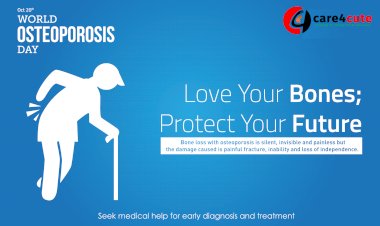

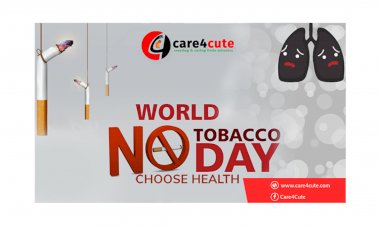





















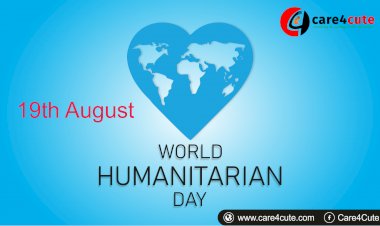





Comments (0)